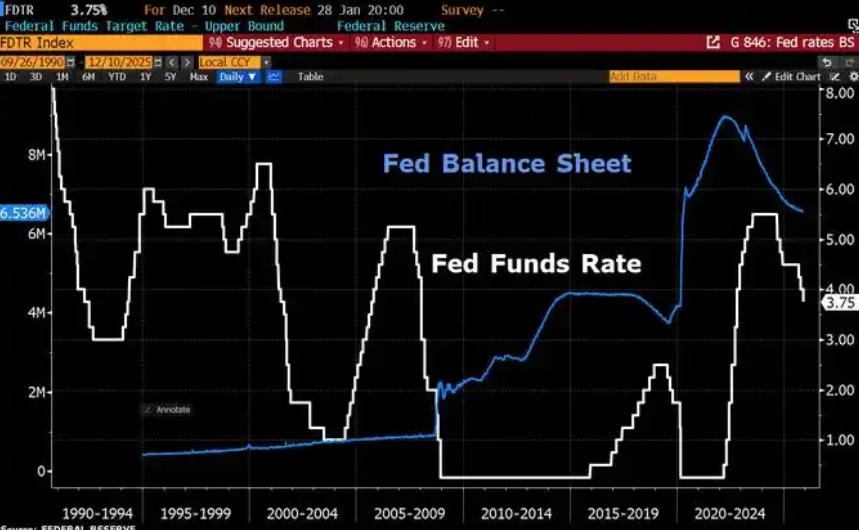
This move has caused ripples in the economic field, sparking widespread concern and in - depth discussion.
Australia's rate cut this time has a complex and clear background. In recent years, the global economy has faced numerous challenges, and the Australian economy has not been immune. On the one hand, the alleviation of inflationary pressure is one of the key factors contributing to the rate cut. Over the past period, the inflation level in Australia has gradually decreased, reducing the urgency of maintaining high interest rates to curb inflation. For example, after a series of policy regulations and market factors, the continuously rising prices have gradually stabilized, and the increase in the Consumer Price Index (CPI) has slowed down, creating favorable conditions for the rate cut. On the other hand, the persistently sluggish growth in private demand has posed a huge obstacle to Australia's economic growth. Consumers are reluctant to spend, businesses are cautious in their investments, and the real - estate market has become less active, all of which have seriously affected the internal driving force of the economy. Against this backdrop, the Reserve Bank of Australia decided to implement a rate - cut measure in an attempt to inject new vitality into the economy.
In terms of purpose, Australia's rate cut aims to stimulate economic growth. A lower interest rate means that the borrowing costs for businesses and individuals are reduced. For businesses, it becomes easier and cheaper to obtain loans, which will encourage them to increase investment, expand production scale, and hire more employees. For instance, manufacturing enterprises may use low - interest loans to purchase new equipment and upgrade technologies, thereby improving production efficiency and product competitiveness. Service - industry enterprises may also increase their investments in market expansion and talent cultivation. For individuals, the reduction in mortgage interest rates will ease the repayment pressure on homebuyers and stimulate demand in the real - estate market. More people may choose to buy properties, which can not only drive the development of real - estate - related industries such as construction, decoration, and furniture, but also boost consumption, as home - buying often triggers a series of consumption behaviors. At the same time, the rate cut also helps to boost consumer confidence, prompting consumers to increase their consumption expenditures and further stimulating economic growth.
Australia's rate cut this time has had a profound impact on both its domestic economy and the global economy. Domestically, the financial market was the first to be affected. In the stock market, after the news of the rate cut was announced, the stock market usually experiences an upward trend. Because lower interest rates reduce the attractiveness of fixed - income products such as bonds, investors are more inclined to invest their funds in the stock market to seek higher returns. Bank stocks may face certain pressure as the net interest margin may narrow, while stocks in other industries such as consumer and technology sectors may rise due to the improved economic growth expectations. In the bond market, on the contrary, bond prices may rise and yields may decline. The real - estate market is expected to recover, housing prices may gradually rebound, and the enthusiasm of real - estate developers will increase. At the global economic level, Australia's rate cut may lead to changes in capital flows. Since the Australian interest rate has decreased, global investors may transfer their funds from Australia to other countries and regions with relatively higher interest rates, which may have an impact on the financial markets and exchange rates of other countries. In addition, as a major global resource - exporting country, changes in Australia's economy will also affect the global commodity market. If the Australian economy recovers due to the rate cut, the demand for commodities such as energy and metals may increase, thus driving up commodity prices.
The Reserve Bank of Australia's rate cut this time is an important measure to address the current economic situation. The background, purpose, and impacts behind it are worthy of in - depth research and continuous attention. This decision not only concerns the direction of Australia's domestic economy but also affects the global economic pattern to a certain extent. In the future, whether the Australian economy can recover as expected and the subsequent impacts of this rate cut on the global economy will both become important research topics in the economic field.

Since 2022, the Fed has cumulatively reduced its balance sheet by $2.4 trillion through quantitative tightening (QT) policies, leading to a near depletion of liquidity in the financial system.
Since 2022, the Fed has cumulatively reduced its balance sh…
On December 11 local time, the White House once again spoke…
Fiji recently launched its first green finance classificati…
Recently, the European Commission fined Musk's X platform (…
At the end of 2025, the situation in the Caribbean suddenly…
The U.S. AI industry in 2025 is witnessing a feverish feast…